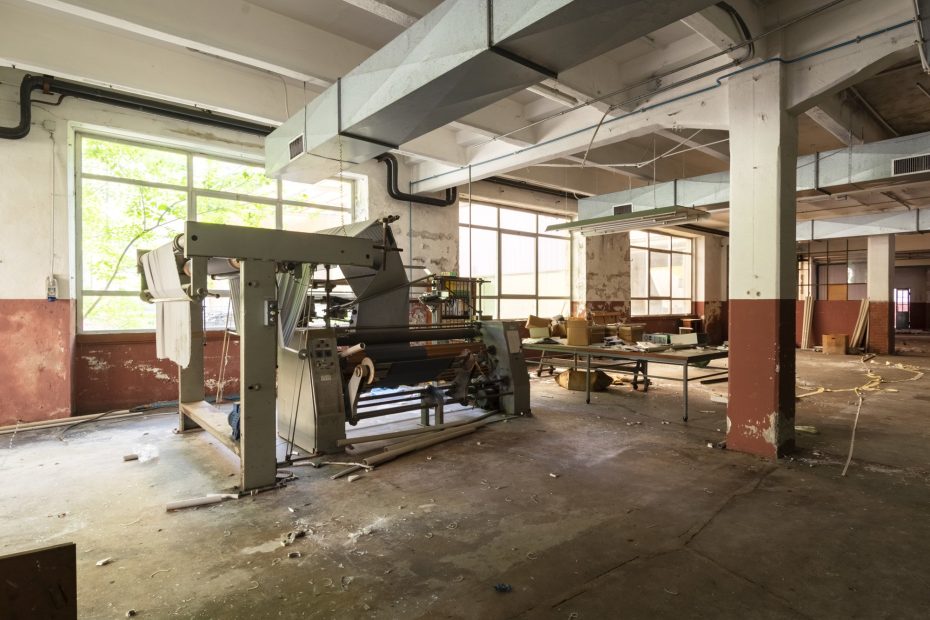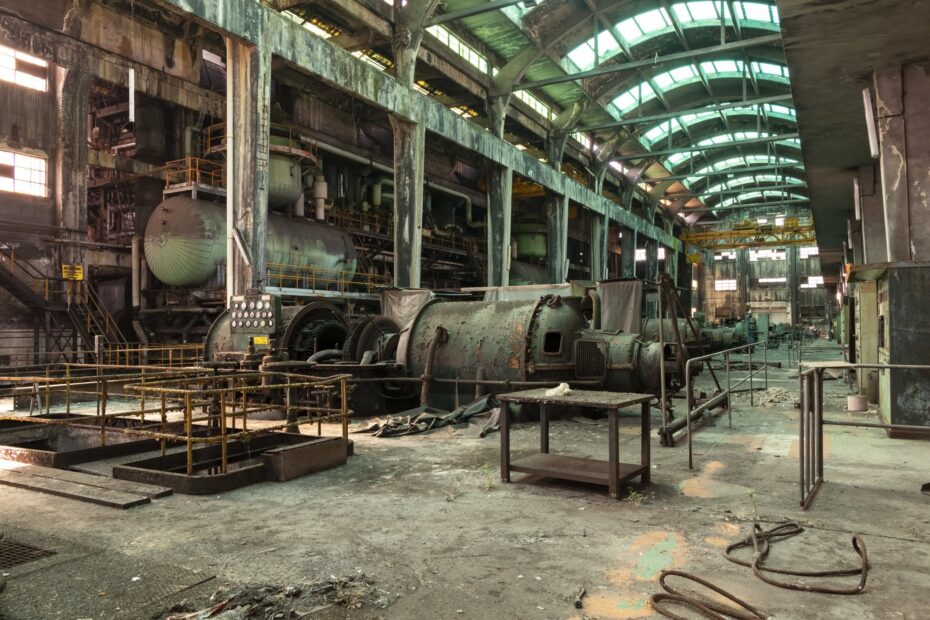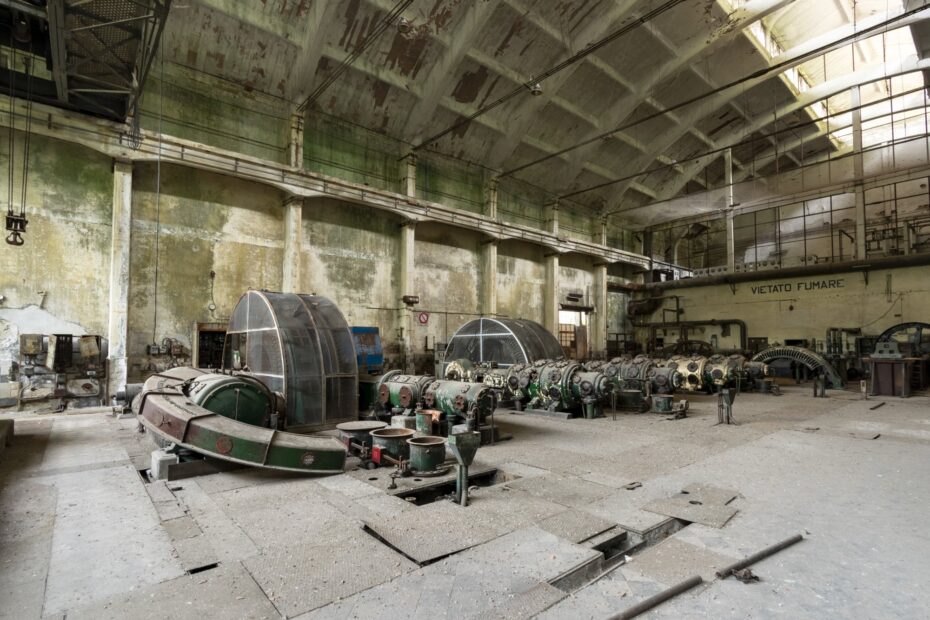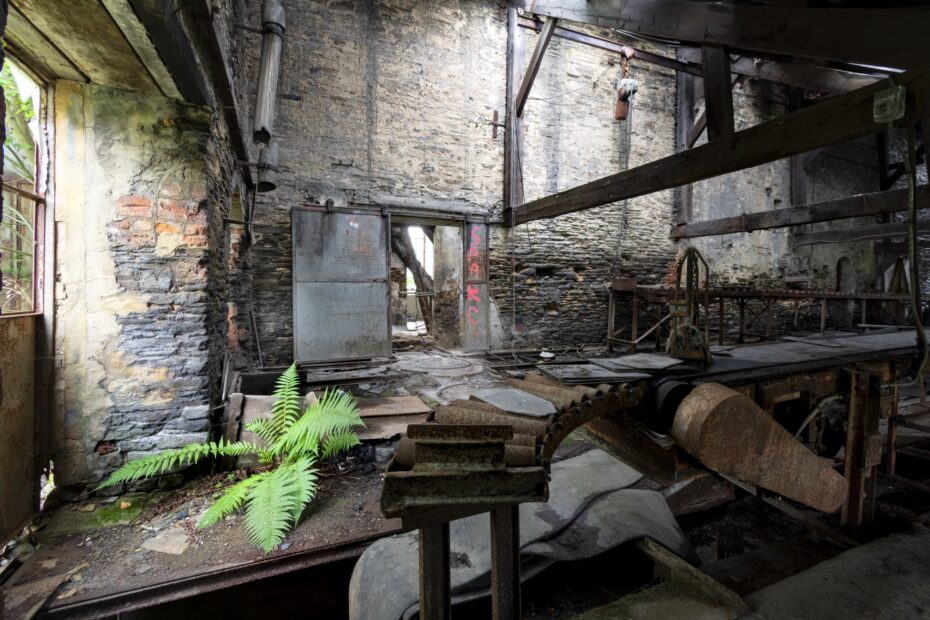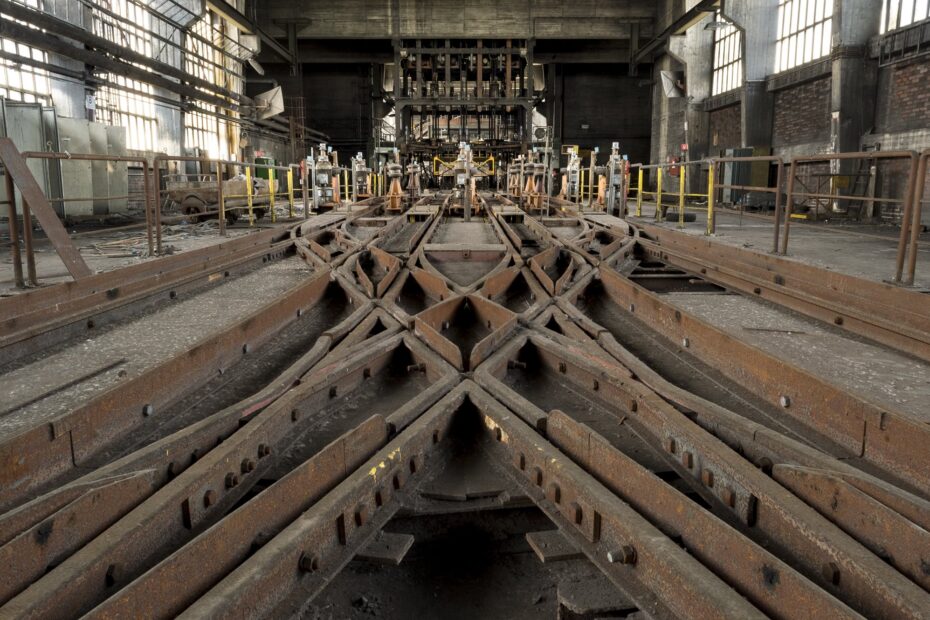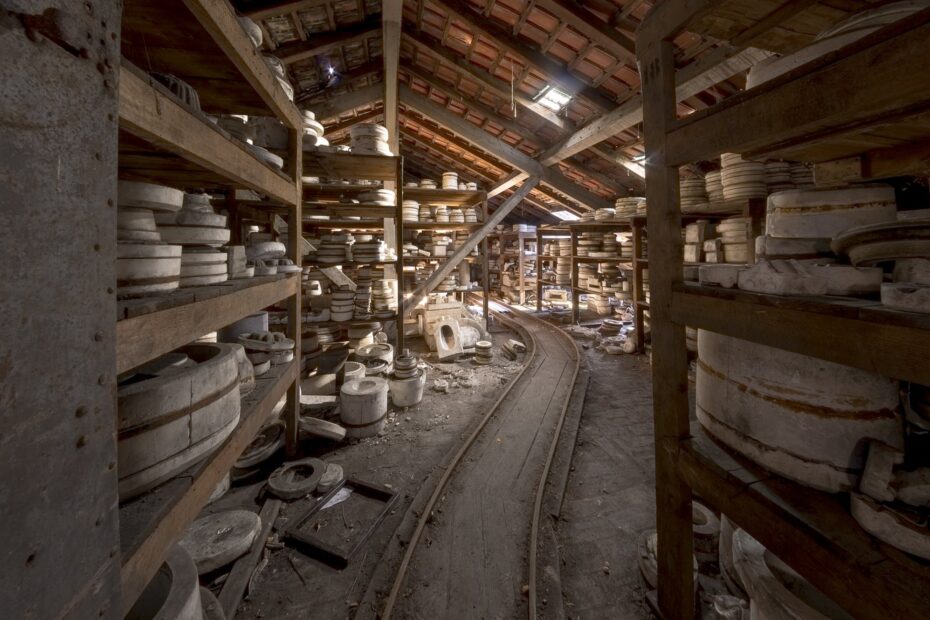At the end of the 18th this pottery was established. It’s first years were difficult and in the 1800’s it got in the hands of a German man. At this time, the pottery was mainly focussed on ceramic tiles. In addition, decorative and ornamental pieces were made, as well as crockery.
The following century the pottery stayed in the same family. Business was going well and from the 1850’s-1860’s two new steam-powered factories were built. The pottery was considered one of Europe’s larges pottery’s at the time. After the annexation of Lorraine to Germany in 1871 the pottery expanded to two new locations in France. Read More
